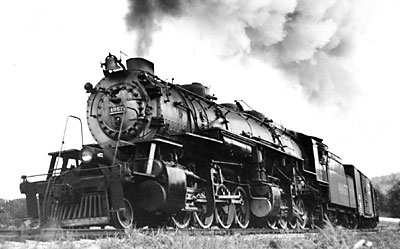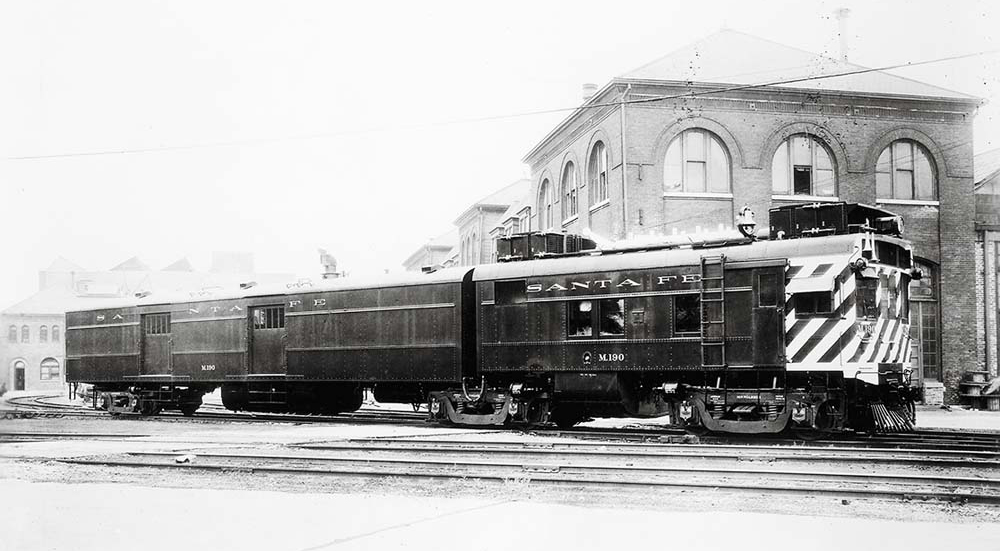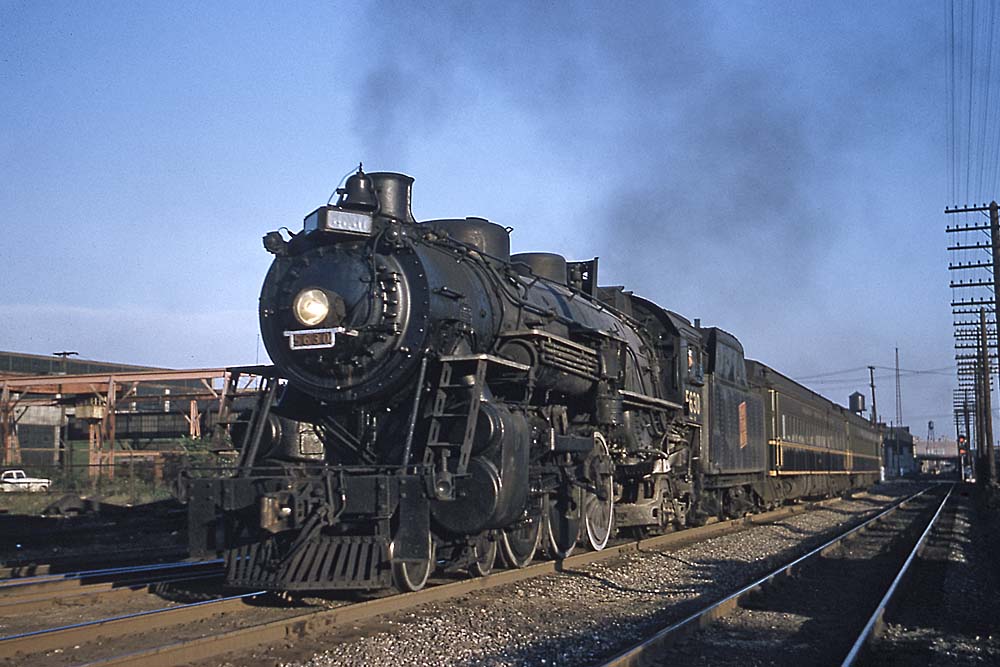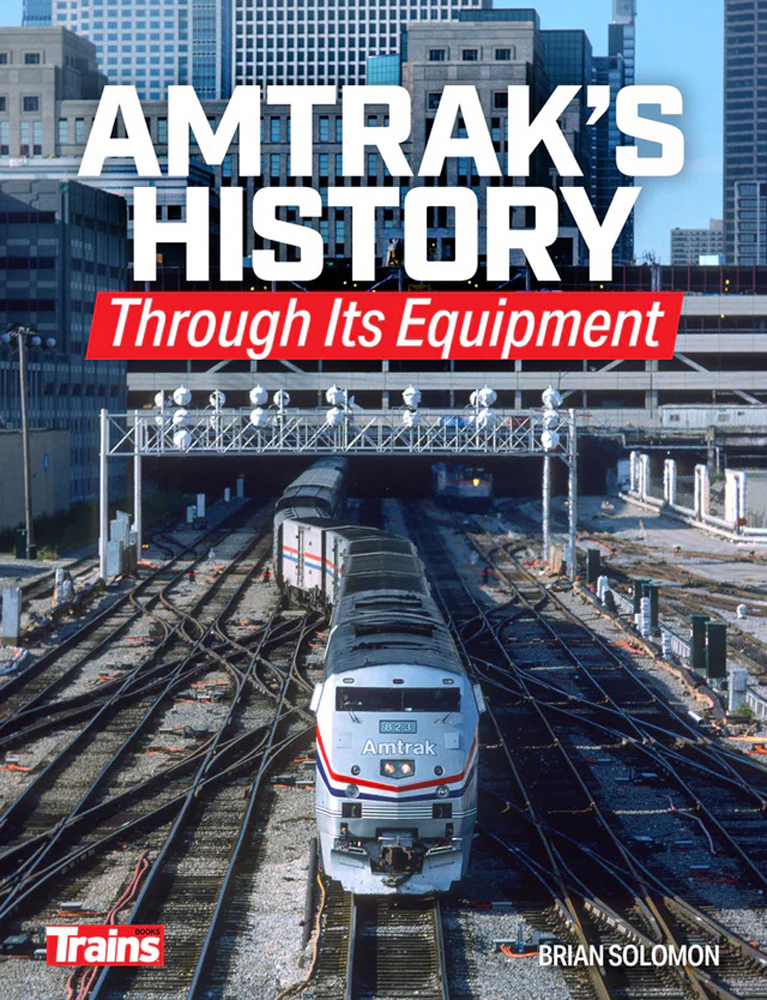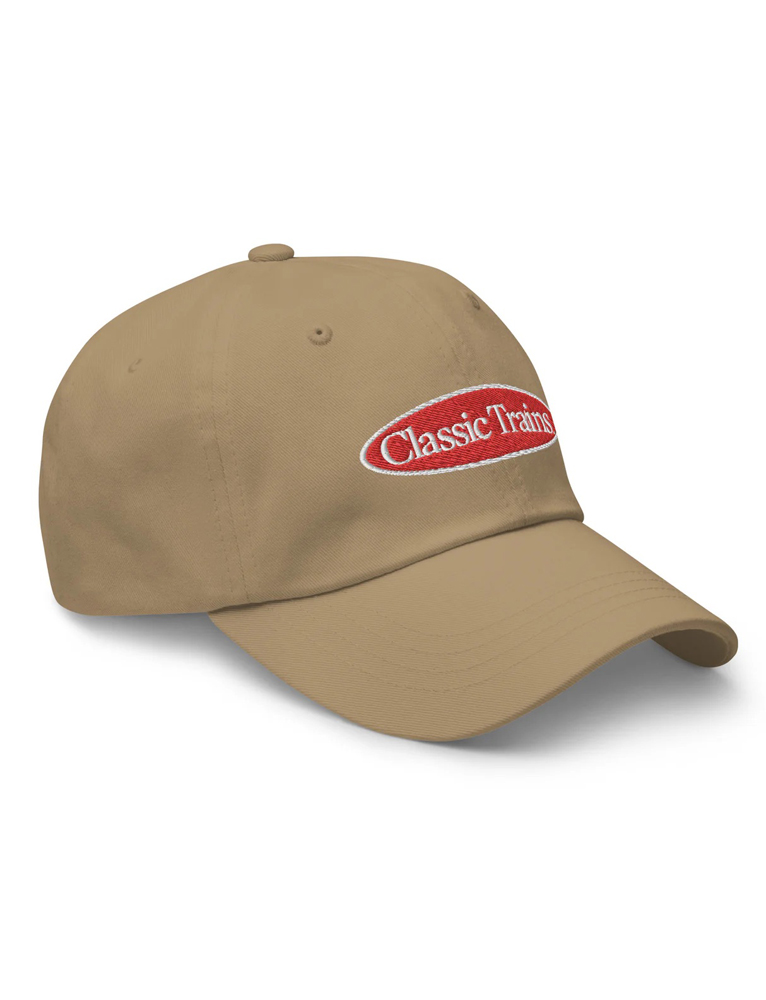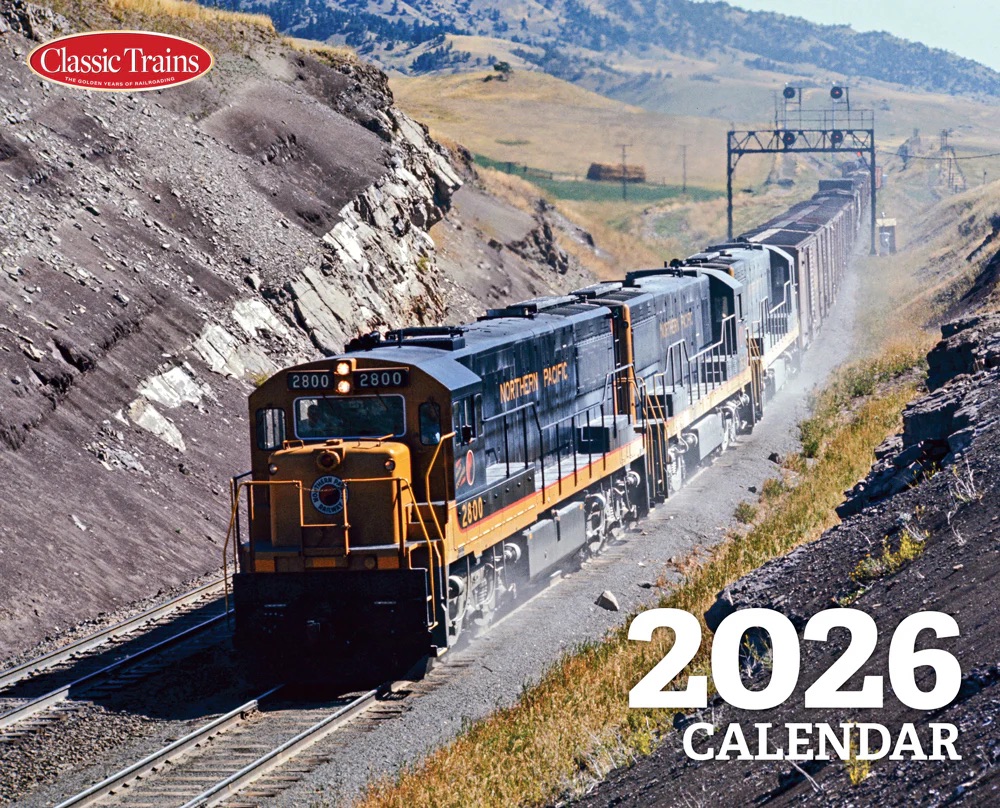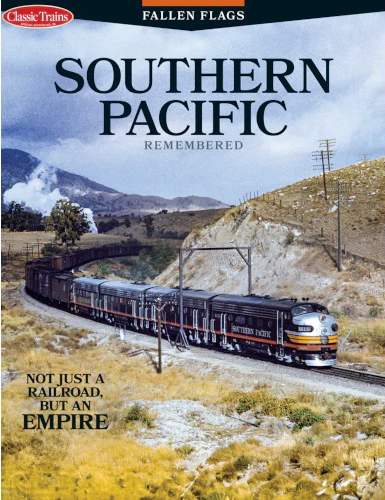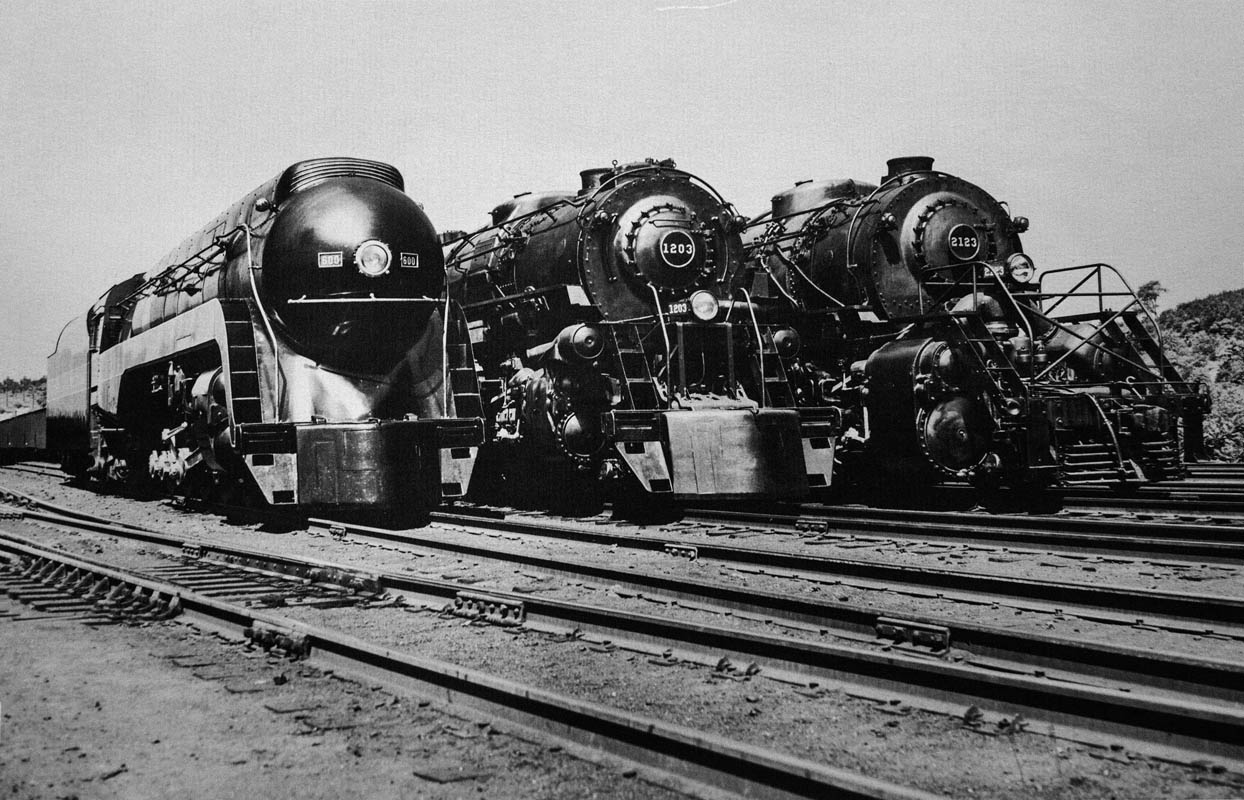
Roanoke, Va., headquarters of the former Norfolk & Western Railway and once known as the “Alamo for Steam,” is home to the renowned East End Shops. This facility, still standing today, was where the bulk of the railroad’s steam fleet was built. Among these were three locomotive classes from the 1940s-50s, known as the “Big Three.” The Class A 2-6-6-4s, Class J 4-8-4s and Y6 series 2-8-8-2s were indeed big, but they symbolized much more during the peak and final years of N&W steam.
Class A 2-6-6-4
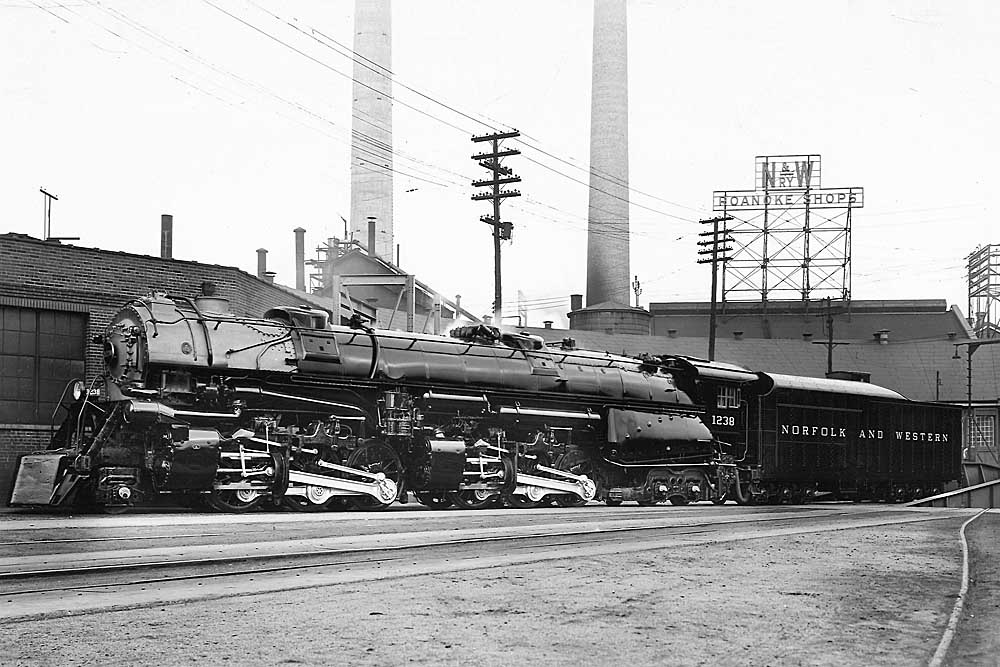
Leading up to the Class As, the N&W had the tractive effort in their fleet of compound articulated locomotives since the mid-1920s, but lacked the speed needed for the demands of 1930s fast freight. Thus came the “simple” articulated No. 1200 as the first 2-6-6-4 to be outshopped by the railroad in May 1936. It could generate 104,500 pounds (later 114,000) of tractive effort and reach speeds of 70 mph. Innovated features like roller bearings set the standard in modern steam technology for the N&W and other U.S. railroads. A total of 43 Class As were built between 1936-50 as dual-service locomotives, primarily for freight. Most were scrapped upon retirement beginning in the late 1950s, with only one survivor: the 1943-built No. 1218, which is now preserved at the Virginia Museum of Transportation in Roanoke.
Class J 4-8-4
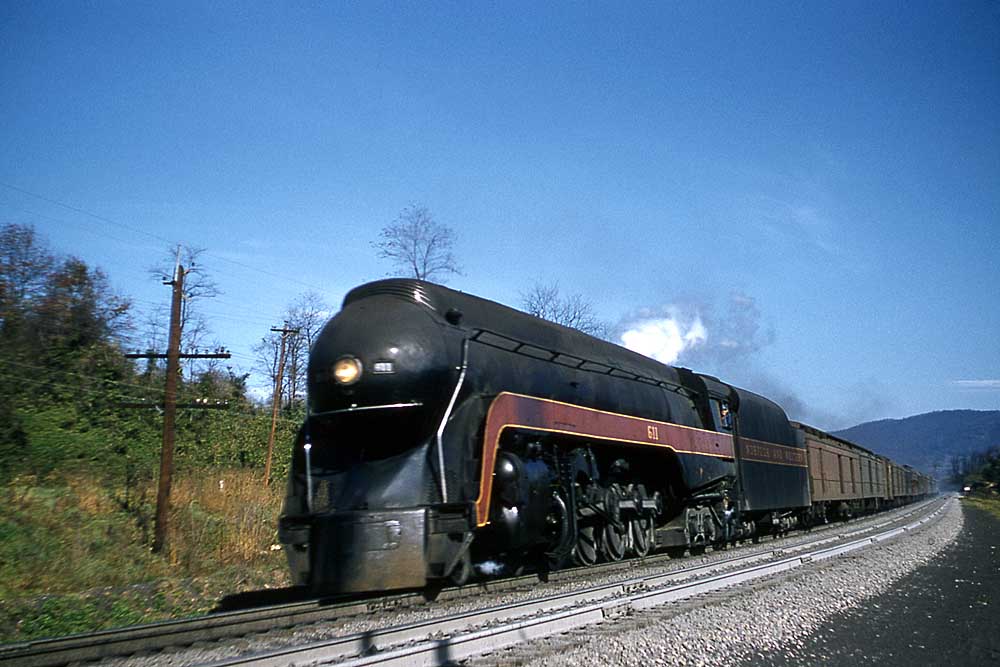
With the N&W anticipating a surge in passenger business during the late 1930s, a new thoroughbred with a blend of speed, power, and trackside appeal was needed. From 1941 to 1950, the East End Shops designed and built 14 J-class 4-8-4s to meet the need. The new locomotives certainly delivered, with 80,000 pounds of tractive effort and a top speed of 110 mph. They were more than capable of leading the railroad’s premiere passenger trains over both mountainous terrains and flatlands. The distinctive bullet-nose streamlining also factored into the J’s popularity. However, even their popularity could not save most of these locomotives from dieselization and eventual scrapping by 1959. Fortunately, No. 611, built in May 1950, became the sole survivor and remains operational from its home at the Virginia Museum of Transportation.
Y6 series 2-8-8-2
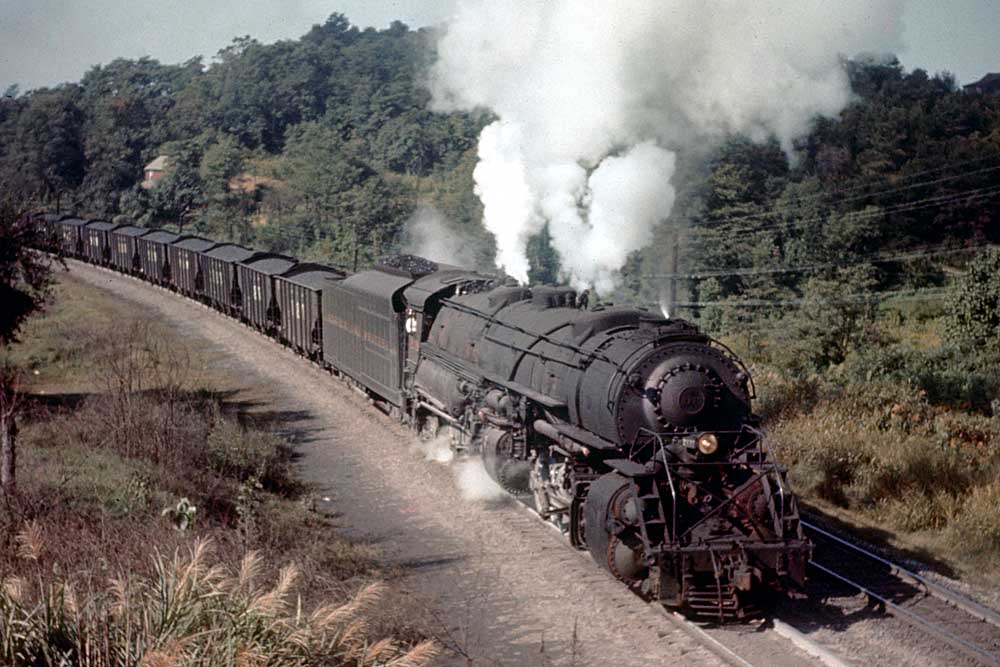
Since the introduction of the first Y-class 2-8-8-2 in 1910, the N&W continuously refined this Mallet type through the mid-1930s. The need for heavy-duty freight hauling, including long, heavy coal trains, persisted. The railroad also sought to standardize the technological advancements developed for the A Class. The Y6, affectionately known as the “Workhorse of the N&W,” evolved into a series rather than a single class.
Between 1936-42, 51 Y6- and Y6a-class locomotives were built — the latter (Nos. 2155-2170) were equipped with a Standard “HT” stoker, and a Worthington BL-2 feedwater heater. An additional 30 2-8-8-2s, designated as Y6B, were ordered between 1948-50, featuring design improvements to increase horsepower. Of the 81 locomotives in the Y6 series, one survived: Y6a No. 2156, retired in 1959, is now on display at the National Museum of Transportation in Kirkwood, Missouri.






